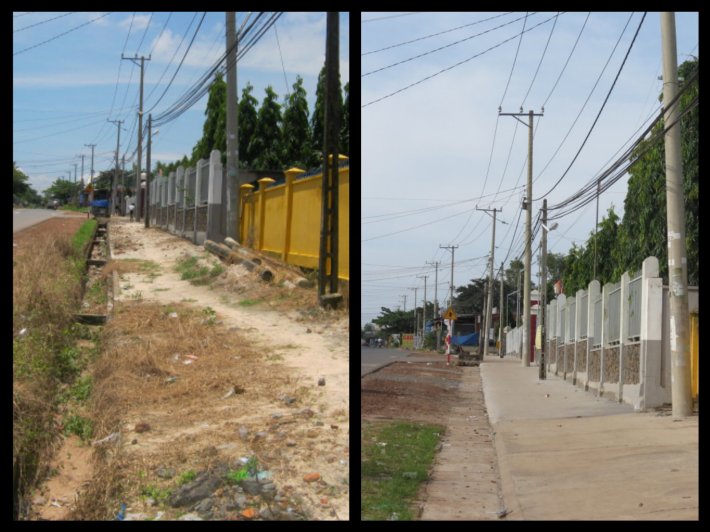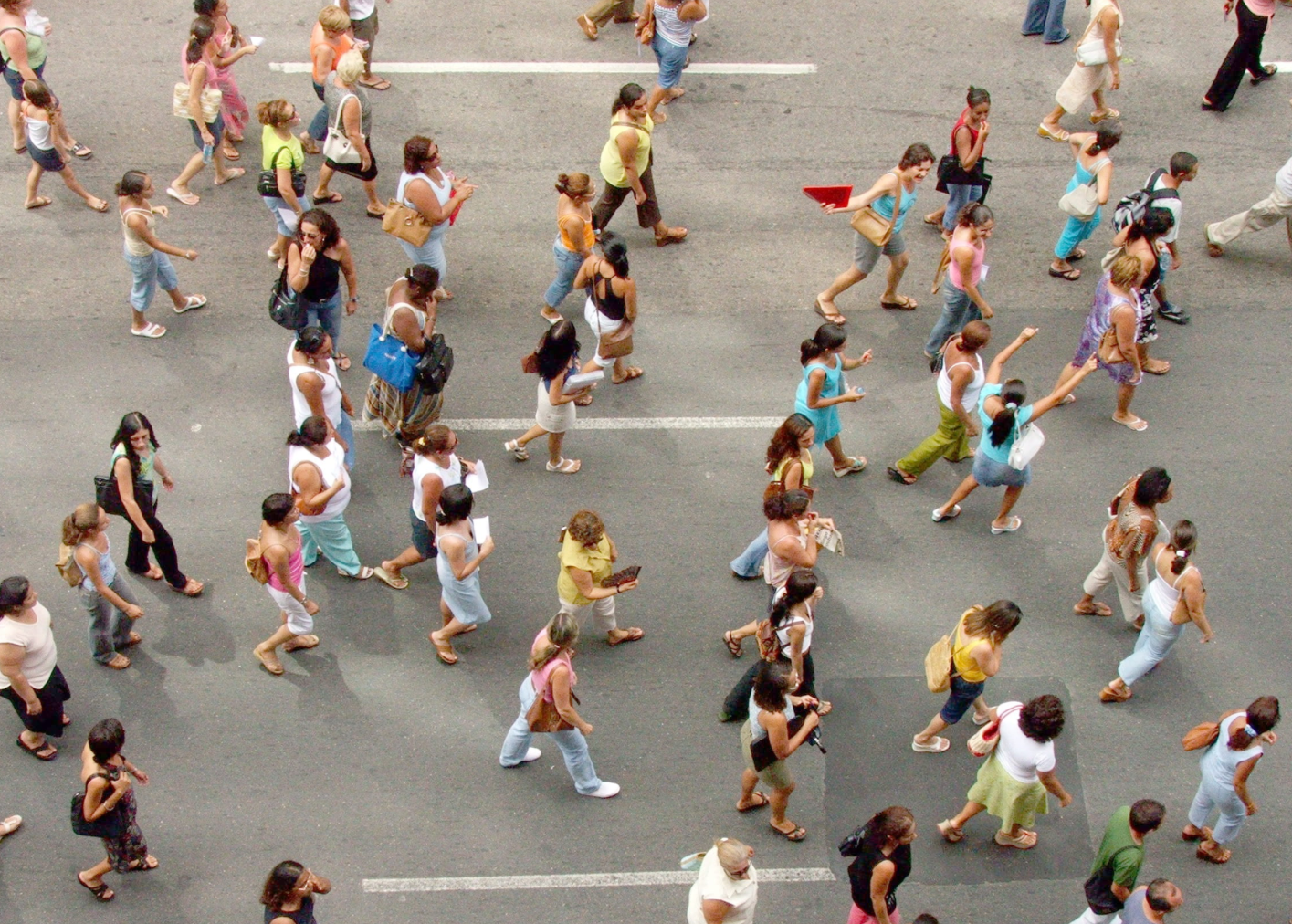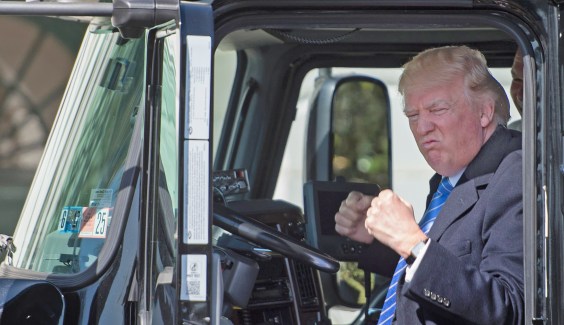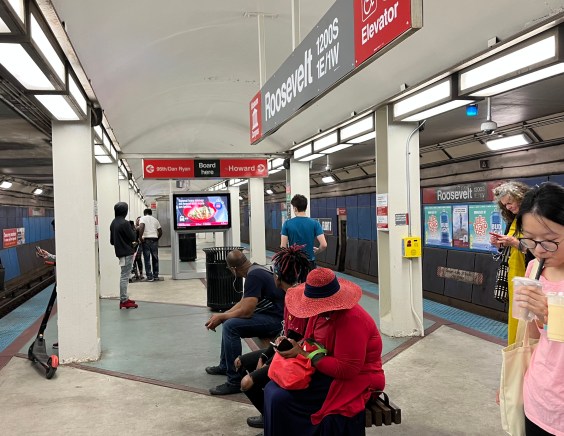
This post is part of a series featuring stories and research that will be presented at the Pro-Walk/Pro-Bike/Pro-Place conference September 8-11 in Pittsburgh.
To get to Seoul Gumsan Elementary School in South Korea, students have to cross a heavily trafficked road with a blind curve. Between 2009 and 2010, 89 children were injured and one killed in 86 traffic crashes near the school.
Seoul Gumsan then had the good fortune to become part of the international Model School Zone program, which chose 10 schools in 10 countries to showcase how better infrastructure and education could help keep kids safe on their way to and from school.
To make Seoul Gumsan safer, Safe Kids Korea, in conjunction with Safe Kids Worldwide, painted a mural on the side of the school to clue drivers in to the fact that they were in a school zone. They also installed skid-proof pavement on the road, since they found that cars often skidded in wintry conditions. In conjunction with directional road signs and other traffic calming measures, the average vehicle speed near the school went down by nearly half, from 34 kilometers per hour (21 mph) to about 18 kph (11 mph).

Before embarking on the Model School Zone work, Safe Kids Worldwide undertook a project called Photovoice: Children’s Perspective on Road Safety, in which kids around the world were given cameras and told to document in photos and written reflections the traffic conditions they face when walking to school. The photo above of a little Vietnamese girl walking alongside a large truck where the road shoulder disappears into mud, was displayed for two weeks in the offices of Vietnam’s Transport Ministry with the quotation, “Please give us a safe route to school.”
Safe Kids Worldwide used Photovoice to help assess needs in the communities in the early stages of their Model School Zone project, and to drum up support. “We used it as an advocacy tool,” said Priti Gautam of Safe Kids Worldwide. “The kids’ voices are often forgotten.”
Gautam will be presenting on both the Model School Zone project and the technique of Photovoice at the Pro-Walk/Pro-Bike conference in Pittsburgh in September.
The photos were a catalyst, but the committees in each country also needed hard data. Said Gautam: “We took speed counts. We looked at behaviors of the students and the parents. Were they crossing in the crosswalk? How were they crossing? What was the speed of the cars? Were parents dropping off the kids? Was there a designated drop-off place? So all that information, in addition to assessing the knowledge of kids on road safety rules and behaviors: Were they aware of what road signs meant, did they know how to cross the street?"
Vietnam’s Model School Zone project was one of the most successful. The great majority of the 615 students attending the Nguyen Thi Minh Khai Primary School in Dong Nai Province walk to school every day. More than 16 percent of them reported that they had been hit by drivers while walking near the school. There was no sidewalk, but there was a dirt path near the school. The trouble was, in order to walk on the dirt path, you had to cross over an open drainage ditch. So most kids just walked on the road.
The year before the Model School Zone project started, there were 24 pedestrian fatalities in that district. The next year -- after the installation of a sidewalk, crosswalks, and speed bumps -- there were eight.

A U.S. school was part of the program, too -- English Estates Elementary School in Fern Park, Florida. The committee there restriped faded crosswalks near the school, improved safety signage, designed safer traffic patterns, and implemented a walking school bus program. Canada had its own project too, at St. Martha's Elementary School in Fort McMurray, Alberta, to install traffic calming measures including "school zone" signs and radar speed enforcement.
The program is part of the U.N. Decade of Action for Road Safety, which aims to reduce the annual traffic crash death toll, now at 1.24 million. FedEx contributed $150,000 to the Decade, about $90,000 of which went to MSZ.
In some countries, change has been difficult. Though the entire MSZ project was supposed to be over by March 2013, the India project is still awaiting government permission to build a railing to keep motorbikes out of the small walkway near the school. Mexico was the last to even select a participating school. Now there is a solid coalition of partner organizations involved, but the engineering plan they’ve designed costs more than the $13,000 grant from Safe Kids Worldwide, so they’re planning fundraisers to raise the rest.
But the program has met its goal of providing a model in these countries of safe infrastructure to help kids get to and from school. Safe Kids Worldwide has already stopped calling the program “Model” School Zone and is now are working on “Safe” School Zones. The modeling period has ended, and now other schools -- especially in the Philippines, Brazil, and Vietnam -- are clamoring for help to reform their own street environments.





